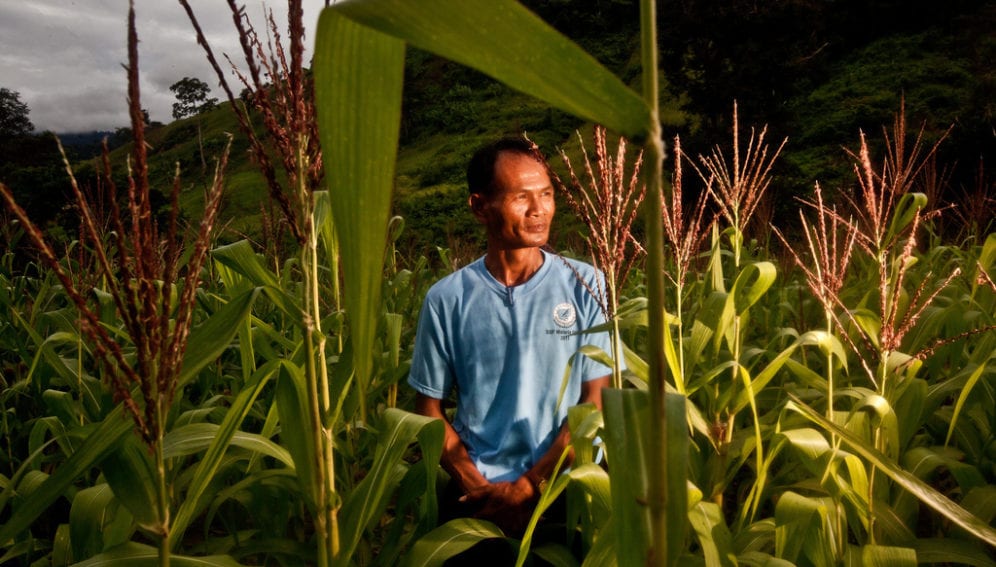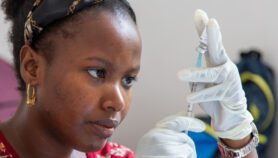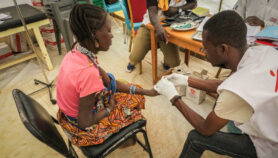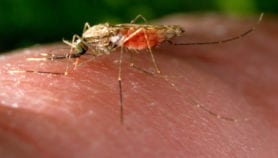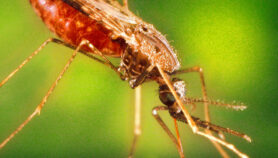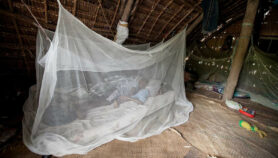By: Rachel Mundy
Send to a friend
The details you provide on this page will not be used to send unsolicited email, and will not be sold to a 3rd party. See privacy policy.
A genetically engineered source of the chemical required to make antimalarial drugs has received WHO approval, paving the way for improved access to affordable treatment against malaria in developing countries.
The Prequalification of Medicines Programme (PQP) has accepted artemisinin derived from a process involving 'synthetic biology' — inserting several or many genes into microbes to make them produce drugs, chemicals or biofuels that they normally would not — as opposed to the plant-derived source.
PQP works with regulators in developing countries to deliver good quality medicines to those in need by unifying standards of quality, safety and efficacy. WHO's decision will reduce the regulatory burden on manufacturers wanting to use artemisinin from this new source in their products.
Artemisinin is the chemical precursor used to manufacture artemisinin-based combination therapies (ACTs) — the WHO-recommended front-line treatment for uncomplicated malaria.
It is traditionally extracted from the sweet wormwood plant, Artemisia annua, but this source can be affected by seasonal availability and is vulnerable to weather, making it hard to ensure a steady antimalarial supply and price in poor regions.
Now pharmaceutical firm Sanofi has become the first manufacturer to have a semi-synthetic method of producing artemisinin accepted by the PQP, though others are also exploring doing so. The uses a technology basedon genetically engineered yeast cells.
"This is good news, as it provides a new source of the chemical precursor required for antimalarial treatments that is currently supply limited," says Antony Fake from the PQP, who was involved in the approval announced last week (8 May).
Crucially, the availability of a semi-synthetic artemisinin could drive down ACT production costs, enabling more patients in the developing world to be treated.
It will be "less affected by somewhat unpredictable agricultural production and prices", says Lembit Rägo, who heads the PQP's quality and safety of medicines team.
In the long term, he adds, the PQP believes it will help to cut the price of life-saving antimalarial medicines.
The WHO estimates that 219 million cases of malaria occurred in 2010, with approximately 660,000 deaths — mostly in children under five. Around 90 per cent of the world's malaria deaths are in Africa, but Asia, Latin America and the Middle East are also affected.
ACTs to treat malaria are made by converting artemisinin into several active antimalarial ingredients, including artemether, artesunate and dihydroartemisinin.
Fake says that the key task for PQP's international assessment team was to determine whether this manufactured artemisinin was of the same quality as the plant-derived form.
Sanofi demonstrated that its manufacturing process was acceptable and submitted data showing that the new source of artemisinin and the active ingredients derived from it met PQP quality standards.
Rägo says the new method will cut the time taken to make these ingredients to just three months, ensuring a quicker reaction to market demands.
Currently, it can take 18 months from planting sweet wormwood seeds to having an antimalarial drug.
The PQP is encouraging other companies to submit similar protocols for semi-synthetic artemisinin for approval.
See below for a UC Berkeley video about research on synthetic artemisinin:


